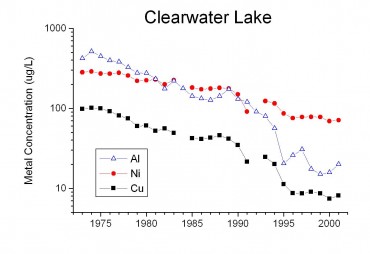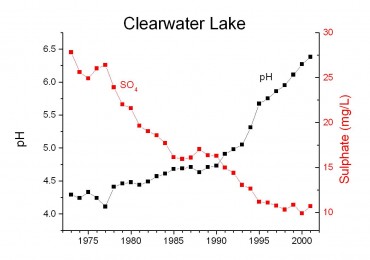Restoration Ecology
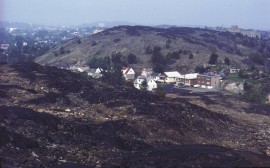
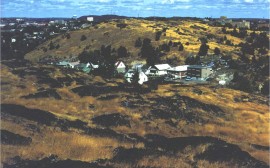
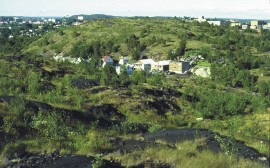

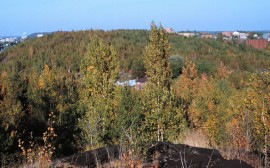
Restoration Ecology
The Science of Restoration Ecology has been described as the true “acid test” of our understanding- if we can correctly predict how ecosystems will behave as we attempt to restore them. Few places in the world have advanced this science more than in Sudbury Canada, an area once synonymous with “acid rain” and “industrial barrens”.
In the 1960 Sudbury was the largest point source of sulphur emission in the world and the region contained an estimated 7000 acid-damaged lakes and 80,000 ha of barrens (Gunn et al 1995). Over the past 40 years emission of SO2 and metal particulates have been reduced by more than 90%, initiating widespread chemical and biological recovery (Keller 2007). Our lake monitoring programs ( see home page) are key to tracking these changes and represent some of the longest and most intensive monitoring programs in the world.
As a result our Sudbury data has been widely used nationally and international to argue for clean air technologies. Remarkable evidence of recovery exists for Sudbury waters (e.g. lake trout (Gunn and Keller 1990) aurora trout (Snucins et al 1995), zooplankton (Yan et al 2004), forests (Tanentzap et al 2008), etc.), however, departures from expected trajectories of recovery have also occurred.
These “surprise” findings have been key to identifying confounding effects of multiple stressors (Keller 2009), such as climate change (Yan et al 1996), calcium depletion (Keller et al 2001), invasive species (Lippert et al 2007) and dysfunctional land/water linkages (Szkokan-Emilson et al 2011).
The Co-op Unit scientists were initially involved in several large experimental projects (include watershed and lake liming, various species introductions) to understand the processes and potential for recovery. However, during the past decade the emphasis has been more on monitoring and broad scale surveys to develop statistical models of the recovery process. For examples of recent papers by graduate students see: Wesolek et al 2010 and Valois et al 2010.
